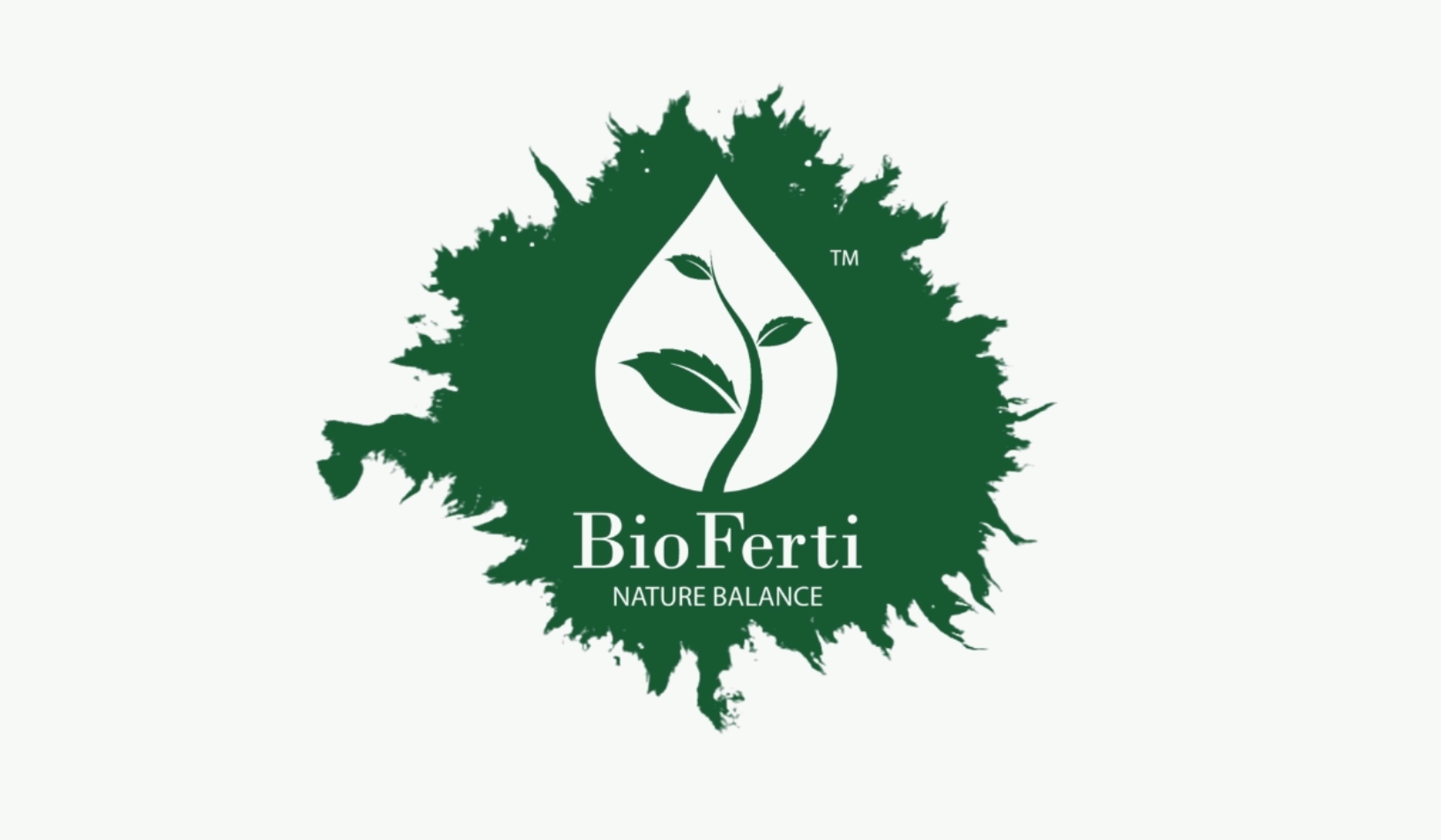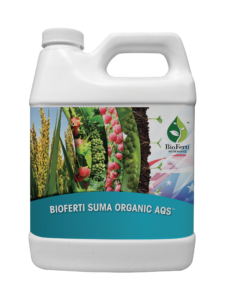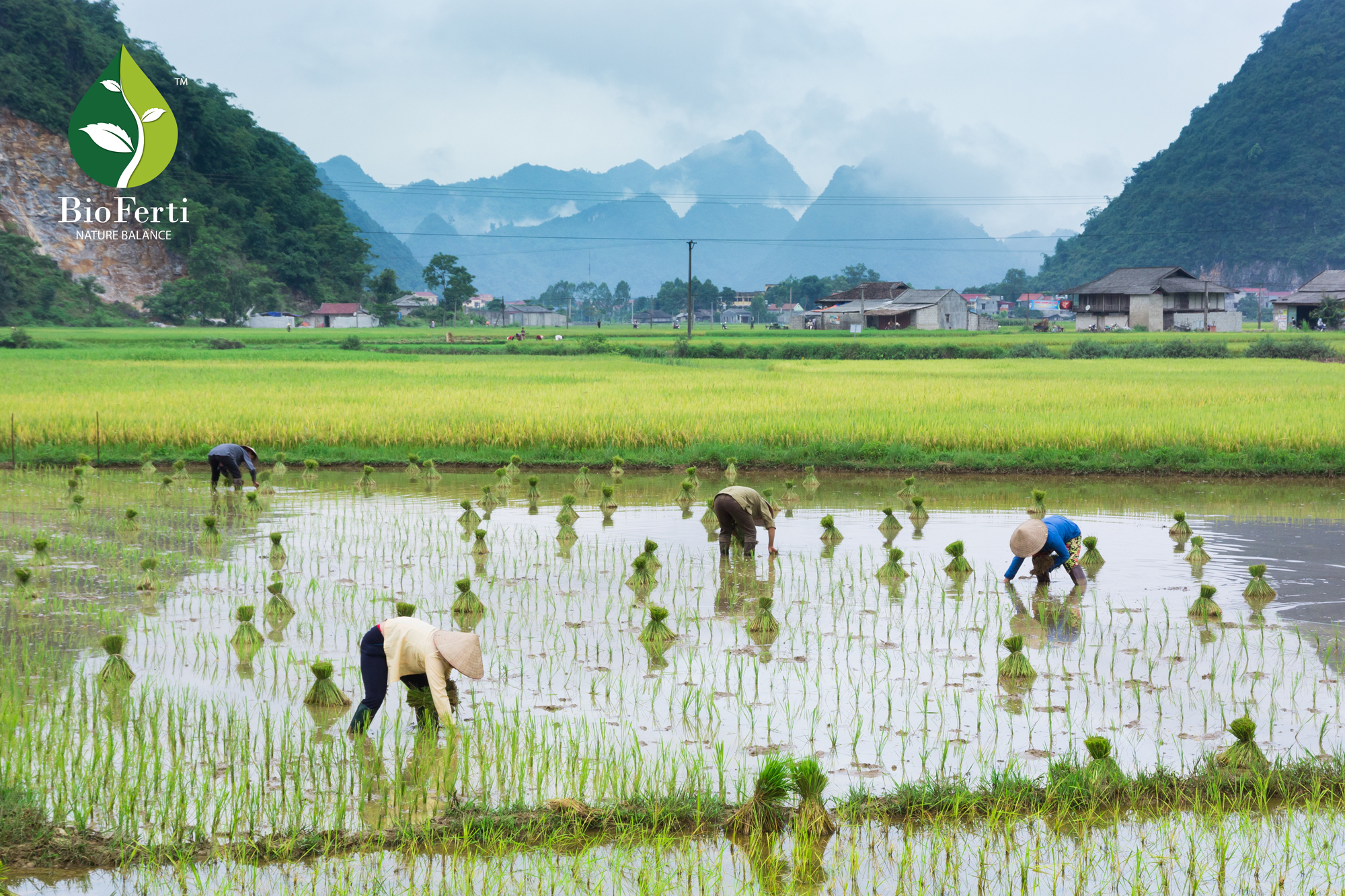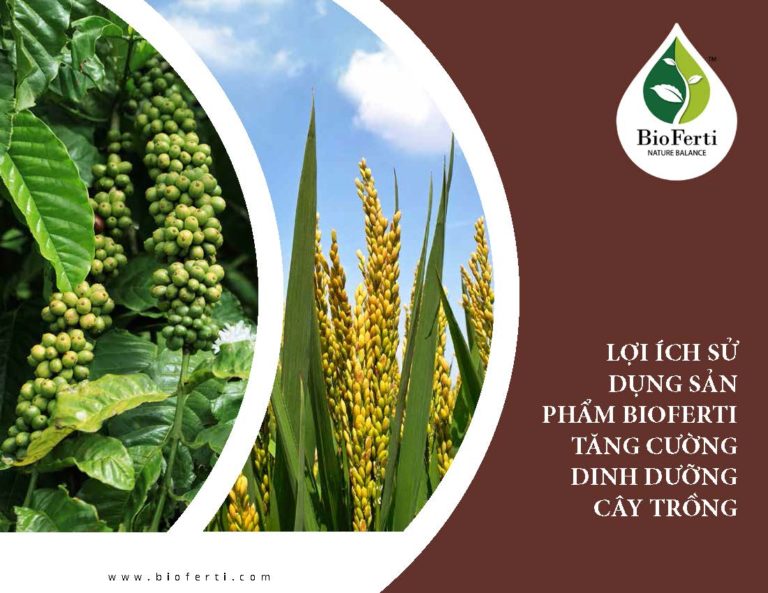Reference: https://earthwithoutpoverty.com/2015/08/18/could-rice-fish-farming-help-solve-world-hunger/
Rice-fish culture involves farmers introducing another ‘crop’ into their rice fields – small, indigenous fish. This technique is good for both the fish and the rice. Safely hidden from birds, the fish thrive in the dense rice plants, while they, in turn, provide a source of fertiliser with their droppings, eat insect pests and help to circulate oxygen around the rice field. Farmers tell us that keeping fish in rice fields can increase rice yields by up to 10% – plus they have the additional supplies of fish.
These lifesaving crops are doubly good for poor families struggling to deal with the global food crisis. A diet of fish is an excellent source of protein and so improves people’s health. Extra rice yields, meanwhile, not only put meals on tables but enable families to sell surplus food at the market. Practical Action has helped to spread this technique in Bangladesh.
CONSTRUCTION
Firstly, Practical Action works with a farmer to identify a suitable site: one that is less likely to be washed away should a flood occur. Together we then build a dyke approximately 60cm high around the outskirts of the field. This has a dual purpose – to keep the fish in the rice fields and enable vegetable cultivation around the field. The next step is digging a ditch for the fish to live in during the dry season – this is something the whole family can get involved in.
PLANTING AND STOCKING
The farmer plants the rice in rows that are roughly 35cm apart, then fills 50% of the ditch with water. The water is purified with a small quantity of lime, and a little organic fertiliser is added. Then, when the rice starts to shoot, the water level across the field is increased to 12–15cm, and small fish or ‘fingerlings’ are released into the ditch. As soon as they have acclimatised to the rice field water, the farmer releases them into the field and raises the water level as both the fish and rice grow.


HARVESTING
Come the first harvest, approximately 4–5 months later, the farmer will harvest the rice first, and then drain the rice field to collect the fish into the ditch where they can easily be caught. In areas where Practical Action has helped people to develop rice-fish culture, farmers have reported a 10% increase in rice yields, plus enough fish to provide regular, high-protein meals for their families.
See also caged fish farming in Bangladesh.
There are thousands of farmers like Kamrul who desperately need a way out of the global food crisis – and rice-fish culture could be the answer they are looking for. If you can, please give to support our food security work in Bangladesh. Thank you.
CASE STUDY
Every year, Kamrul Barik’s family was faced with starvation, but thanks to the rice-fish culture he has been able to turn their lives around. Once he could only produce enough food to last two-thirds of the year, now he’s able to grow more food for his family to eat and some to sell at the local market.
“My name is Kamrul Barik and I live in a village in the Jamalpur Sadar district of Bangladesh. It’s a small village and I have very little land to live on or to farm – my home is just 15 square metres with 48 square metres of rice fields. I have two sons and one daughter, and my parents are old so they live with us too. In the past, it was very hard to grow enough food to feed us all. I could grow enough rice for perhaps 8 months, but the other months I struggled to find food. I had to scrape together money by borrowing from money lenders at very high interest. I could not afford to send my children to school and we often went hungry for days. Things were very bad.
“Then in 2006 Practical Action taught me all about rice-fish culture. I learnt how to choose rice that was more resistant to floods. I also learnt how to protect the fish in my fields. Soon I was able to grow more rice and fish and earn money from selling them – 26,200 tk (£195) from my fish and 18,000 tk (£135) from my rice. Practical Action also showed me how I could farm bananas and vegetables on the dykes, which meant I was able to earn another 10,200 tk (£75).

“The extra money has made a very big difference. We can now buy fruit and vegetables at the market so my family can eat better – and of course, the fish also give us important nutrients and vitamins. My children are now going to school and I hope they will now be able to find good jobs. I have been able to install a new latrine in our home and I hope to lease another piece of land to start rice-fish culture in another plot. Now the future looks much brighter.”


